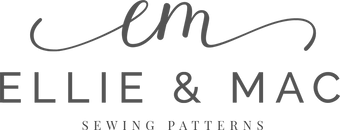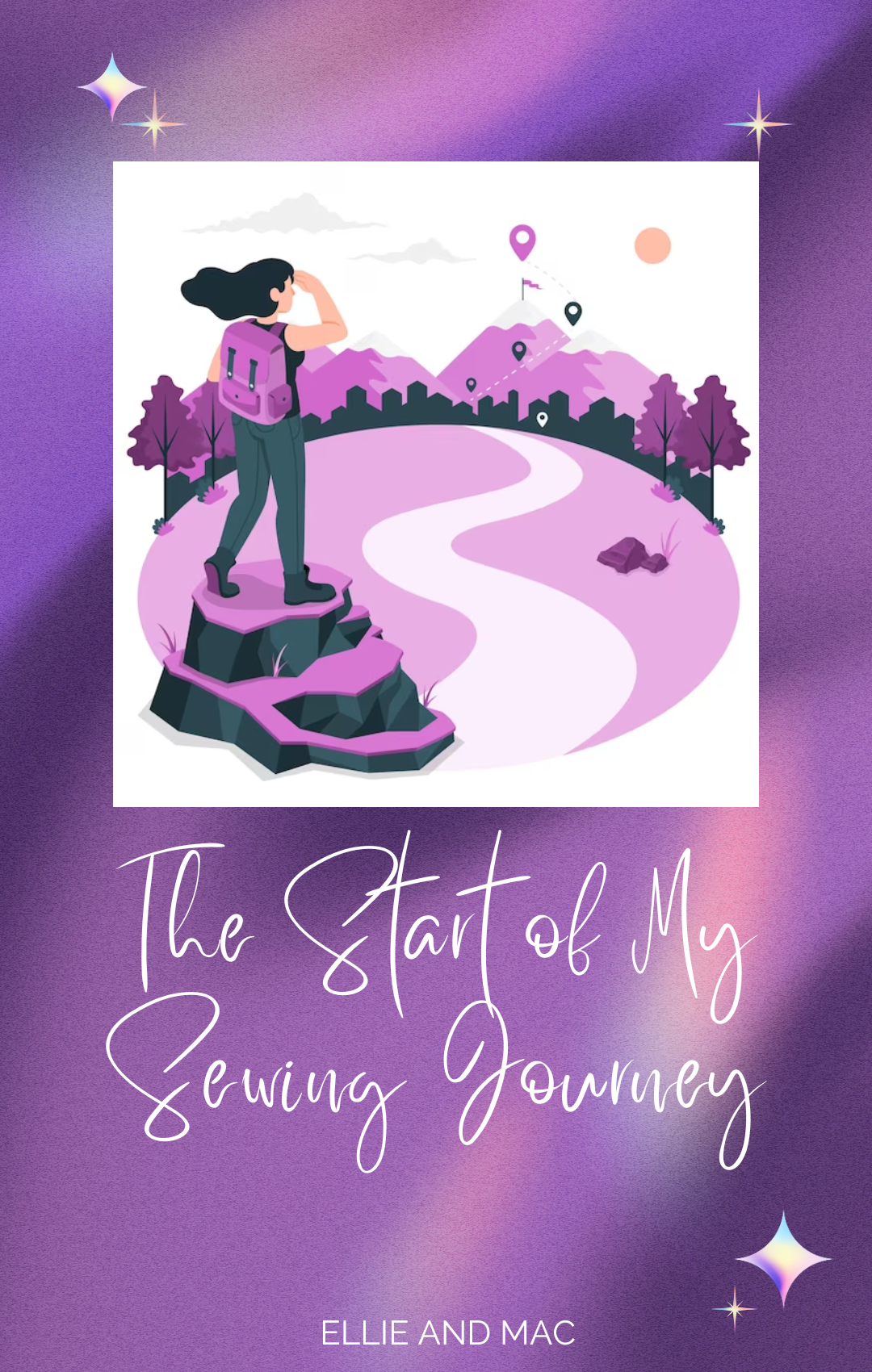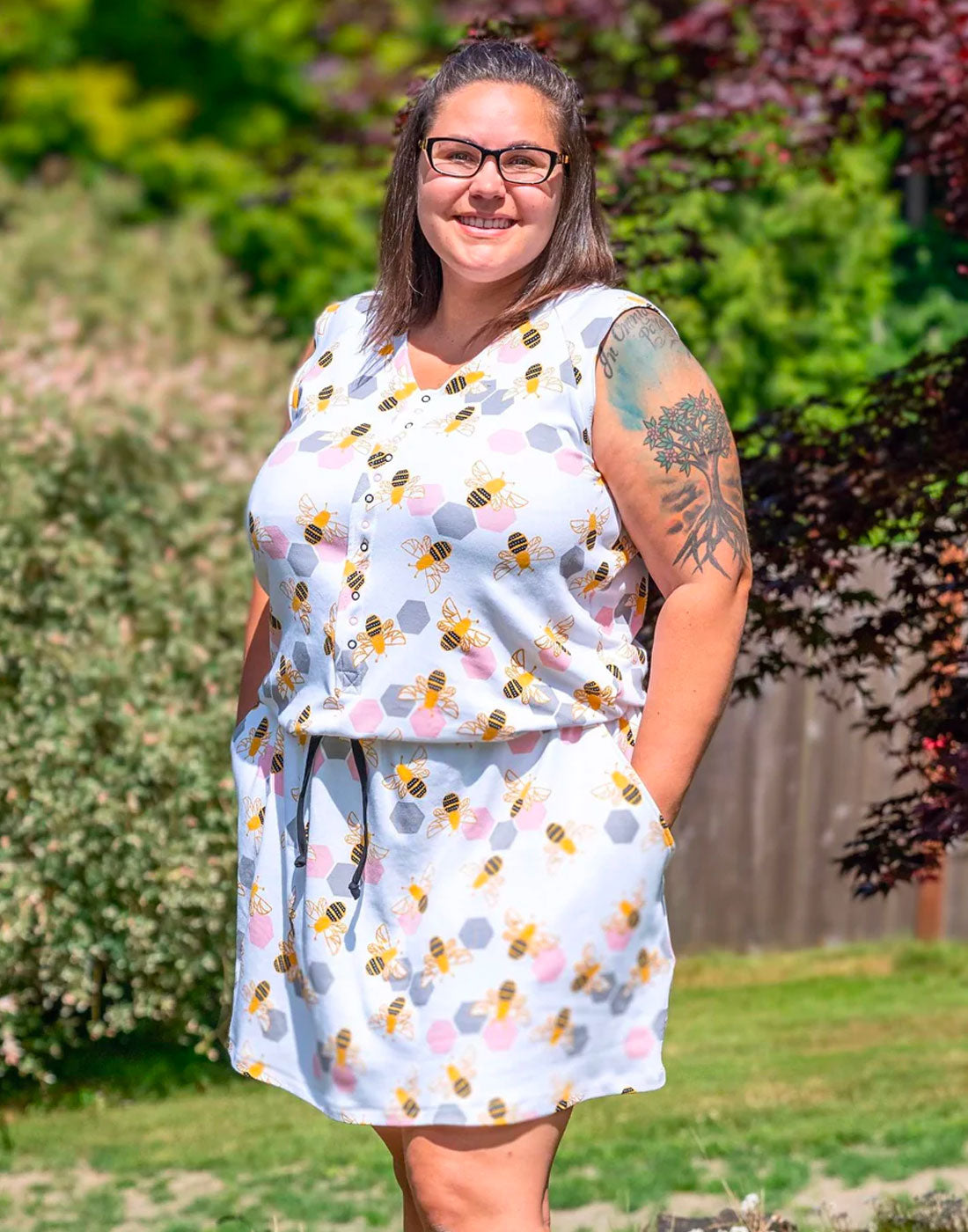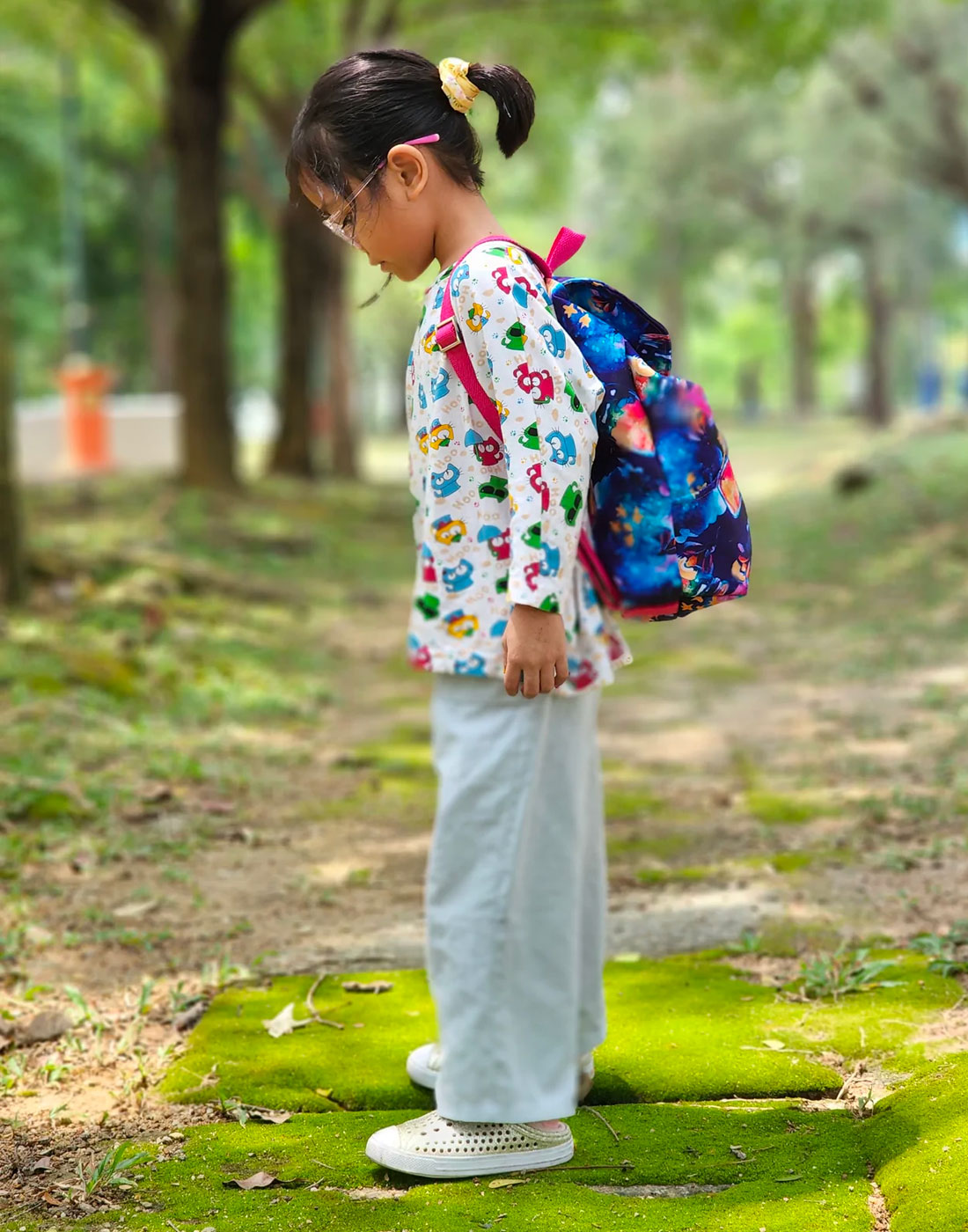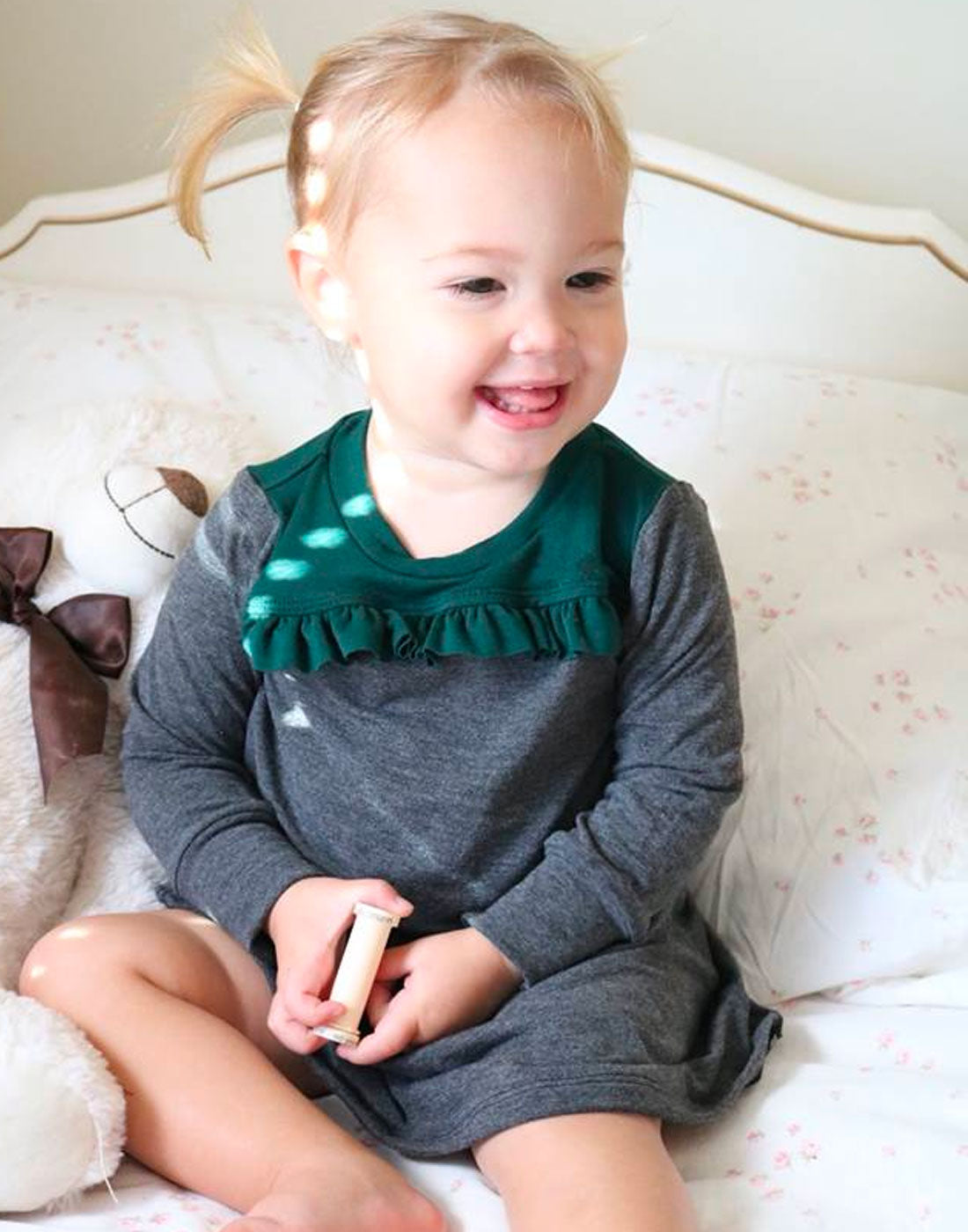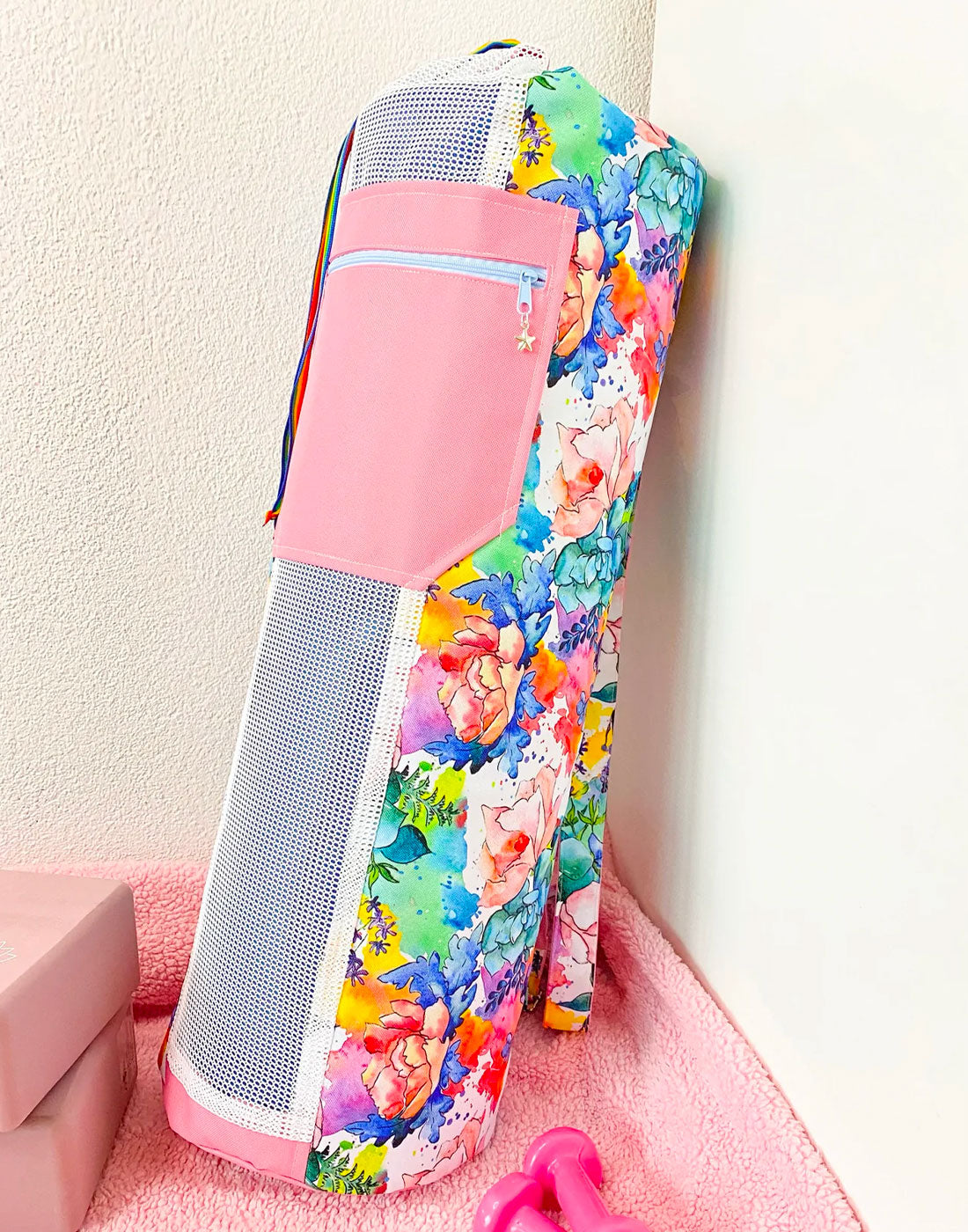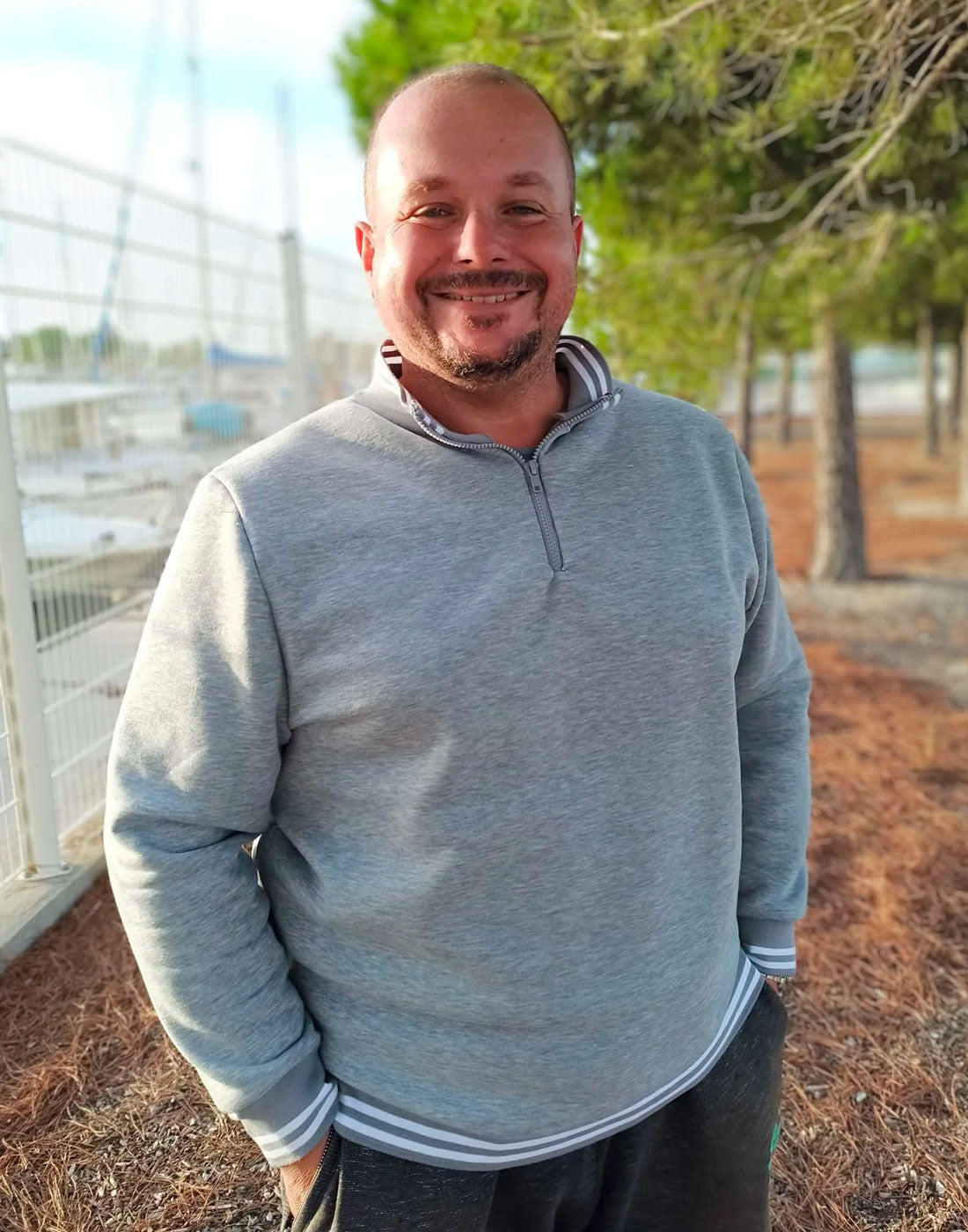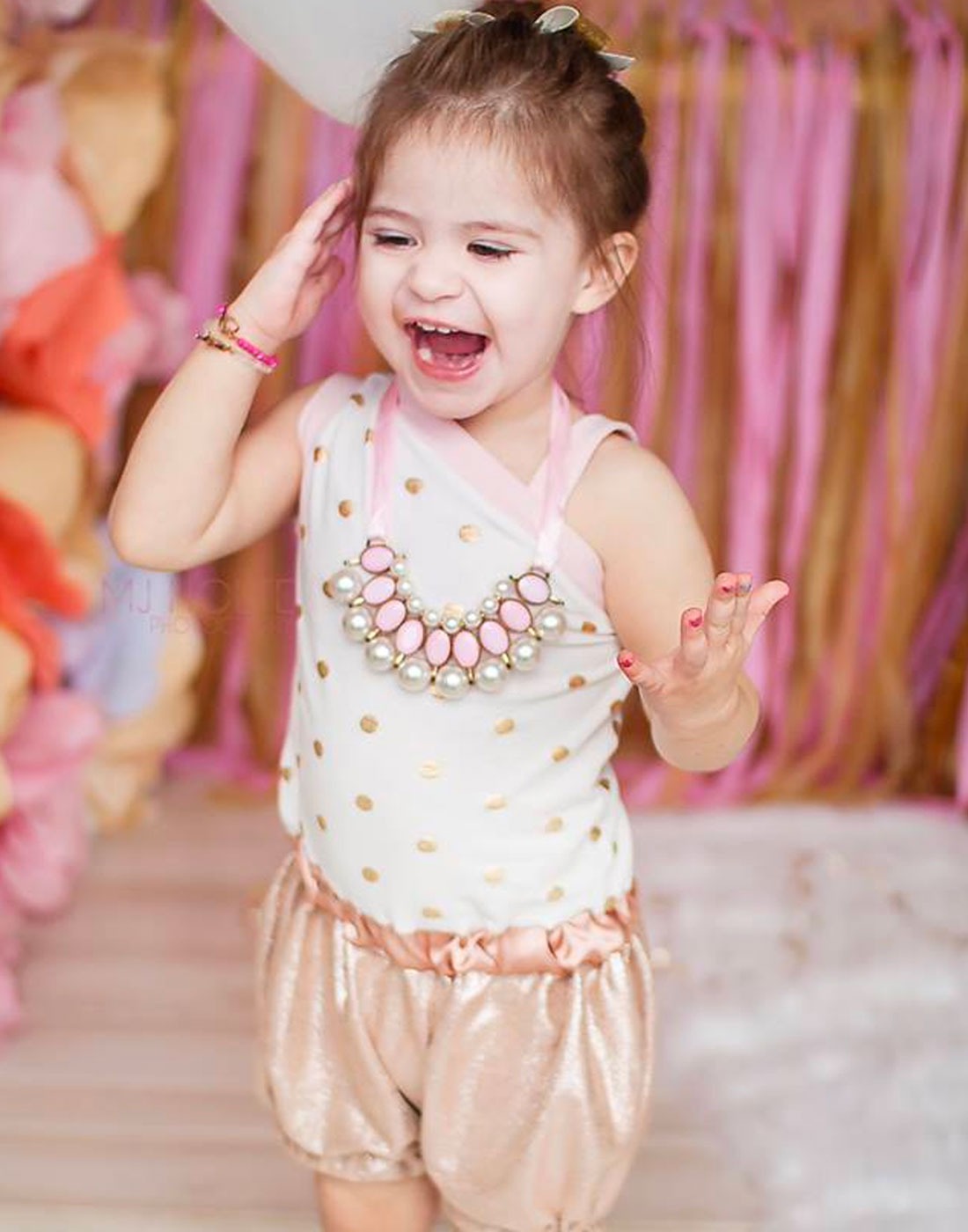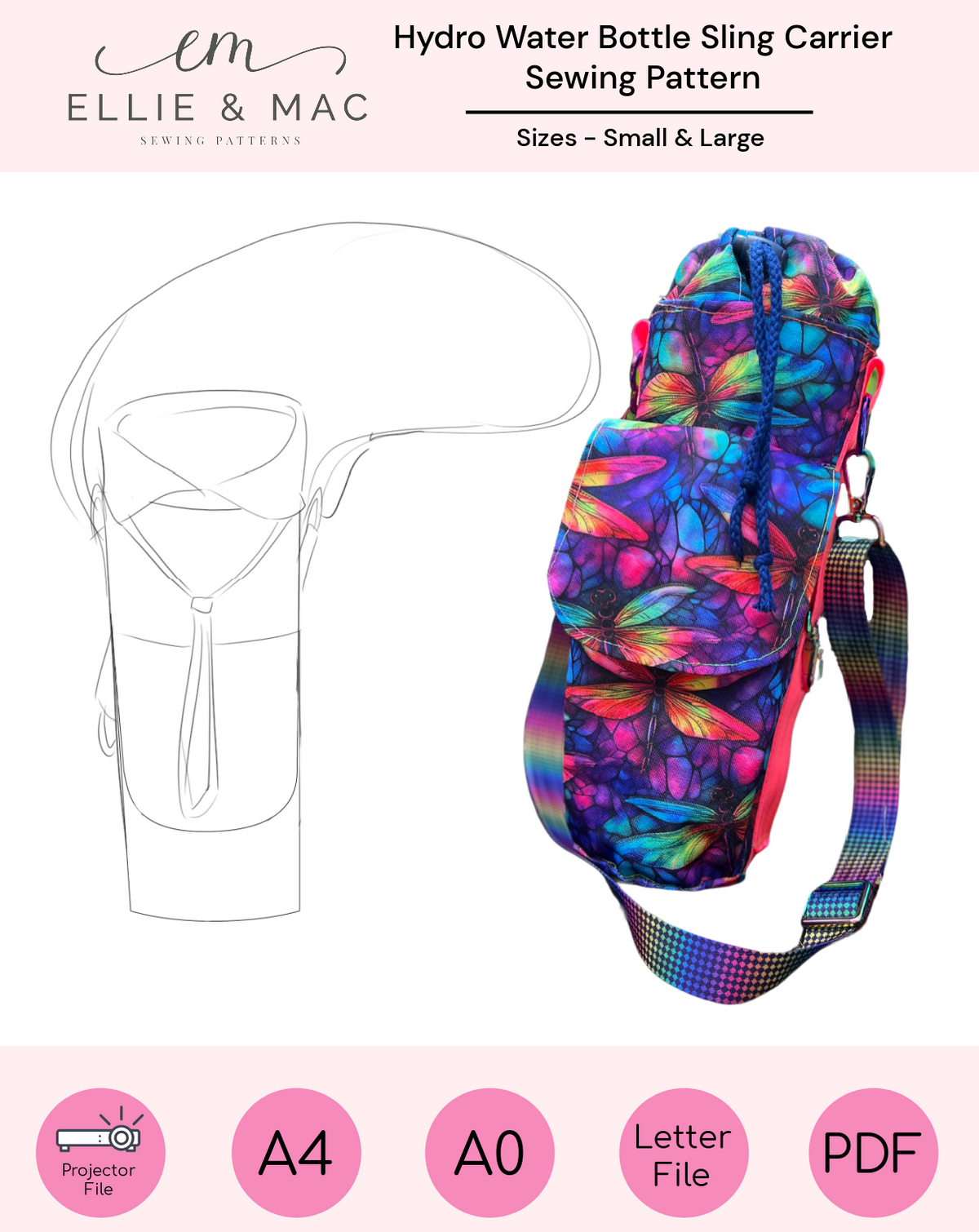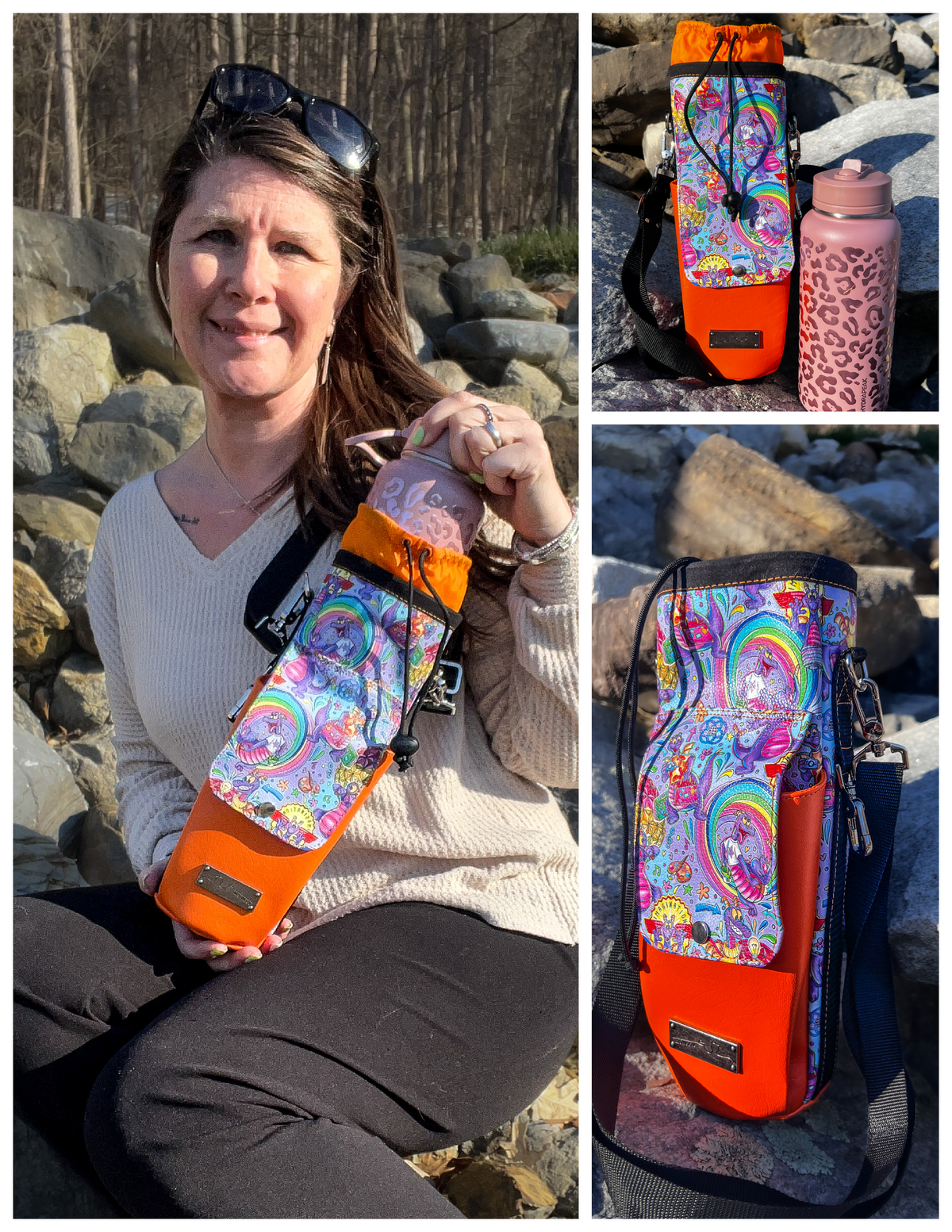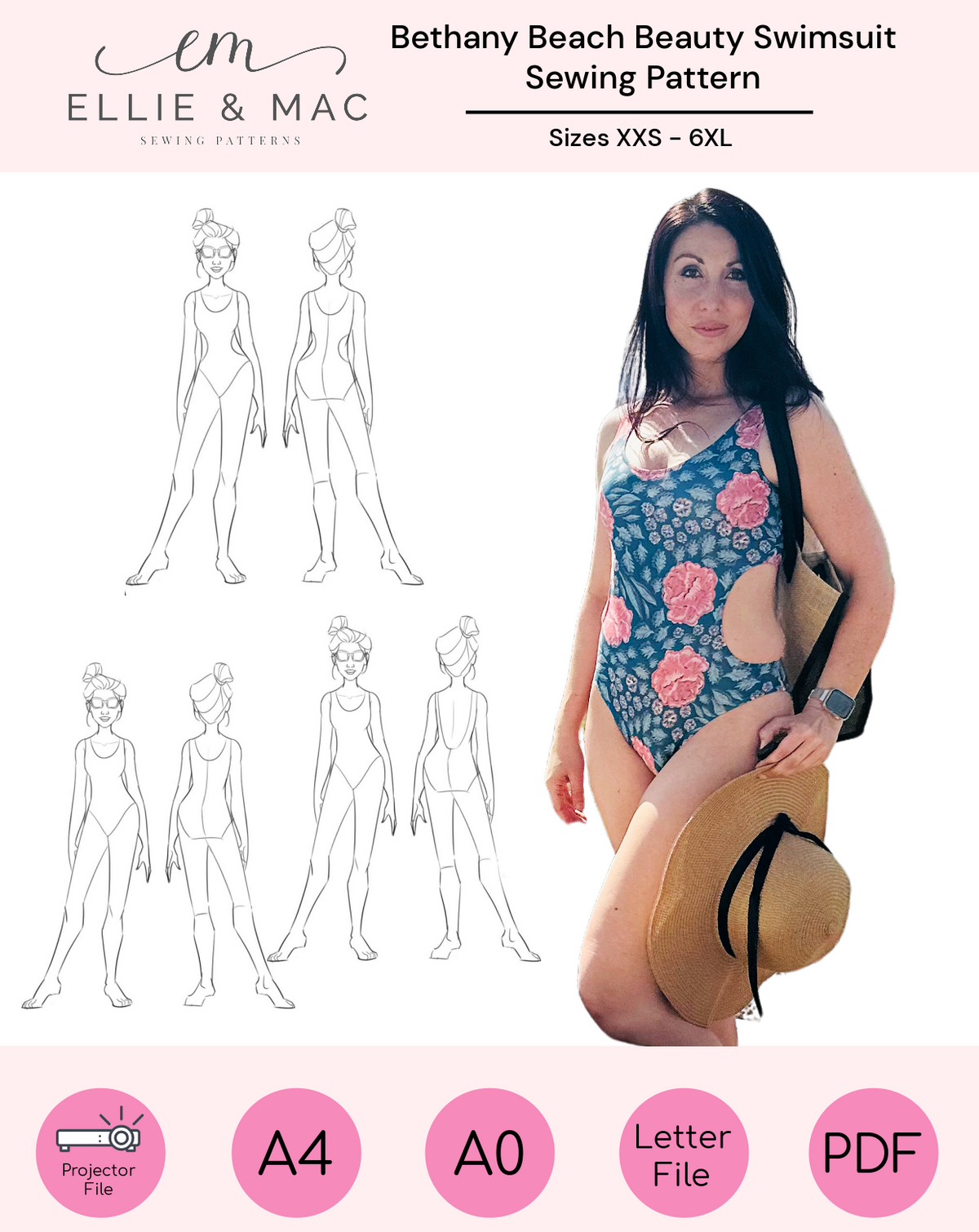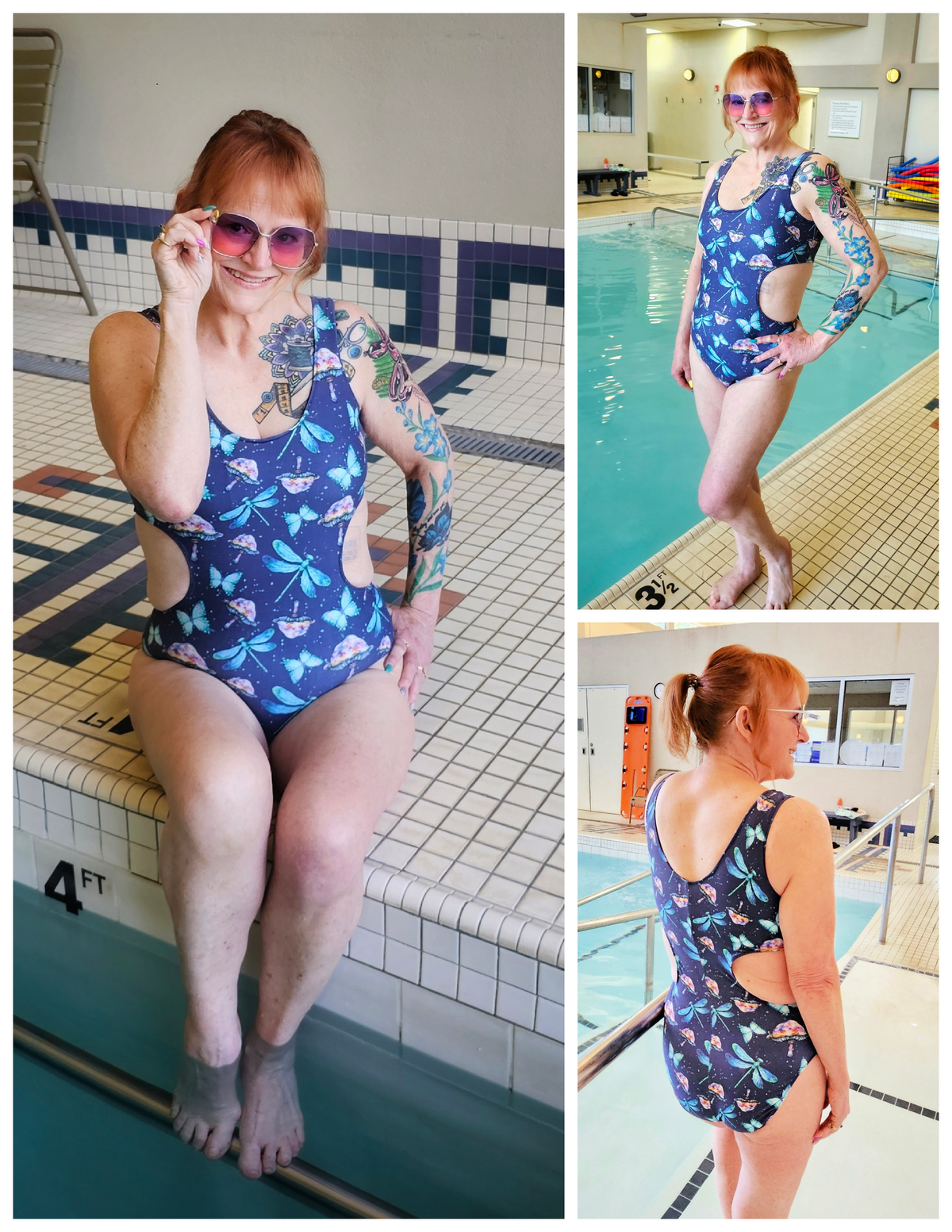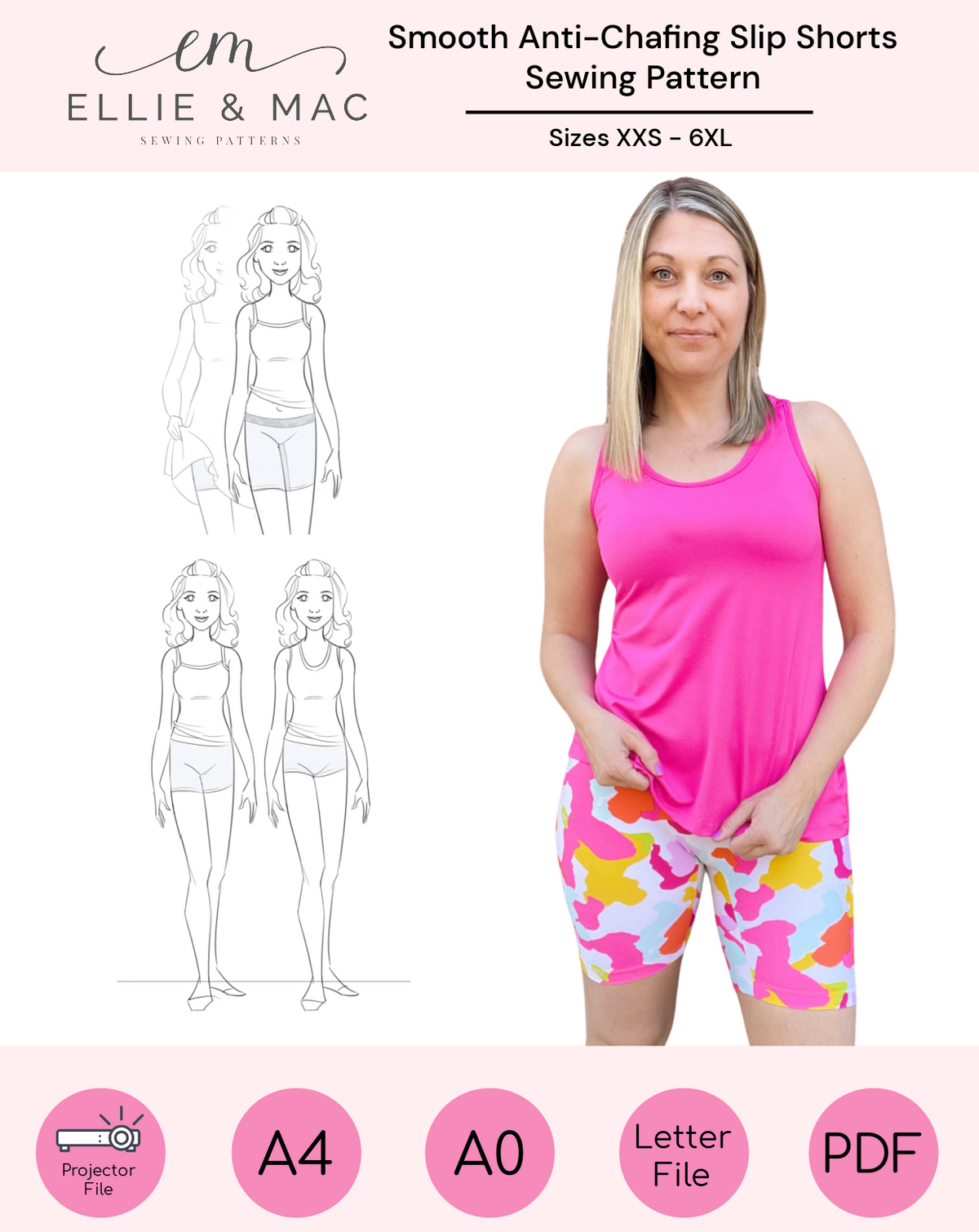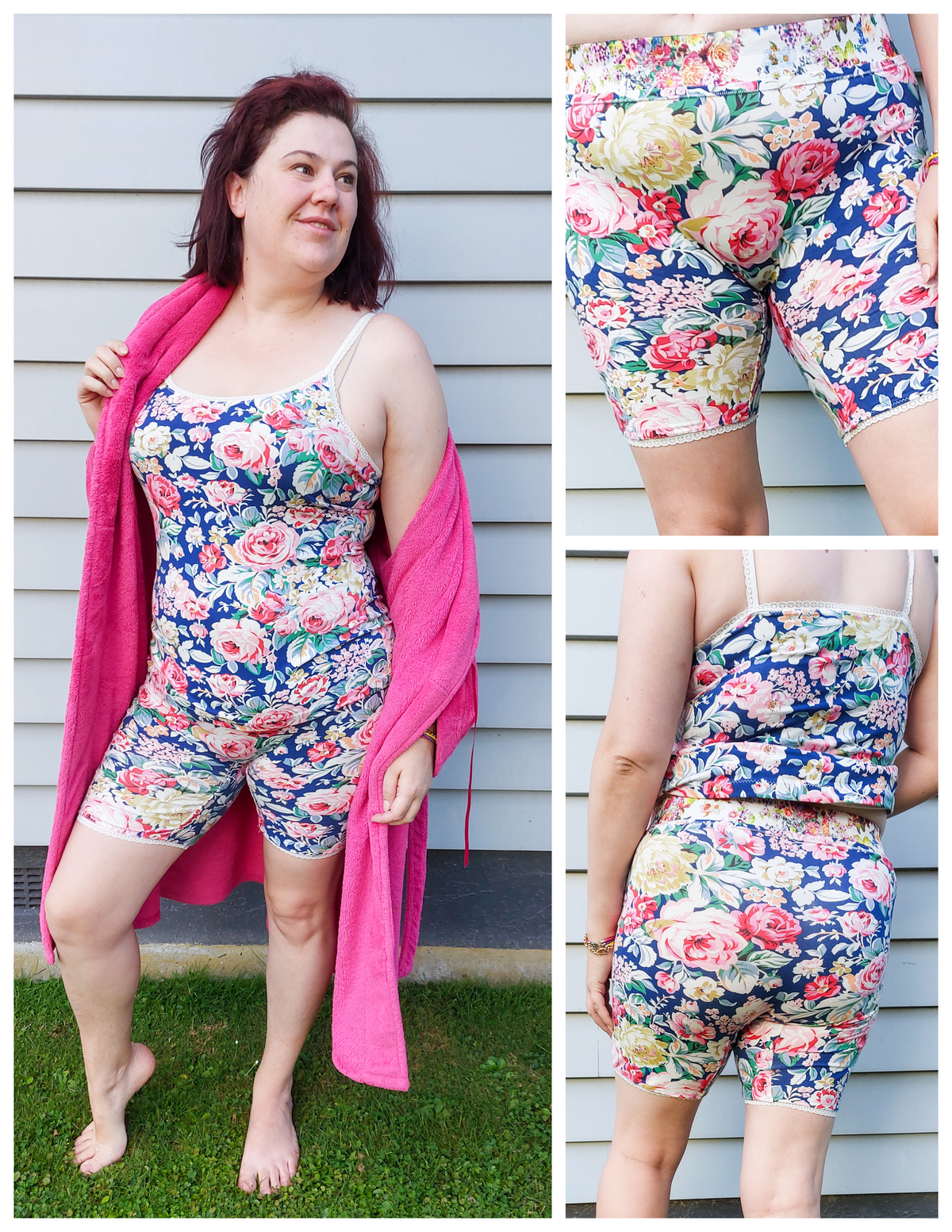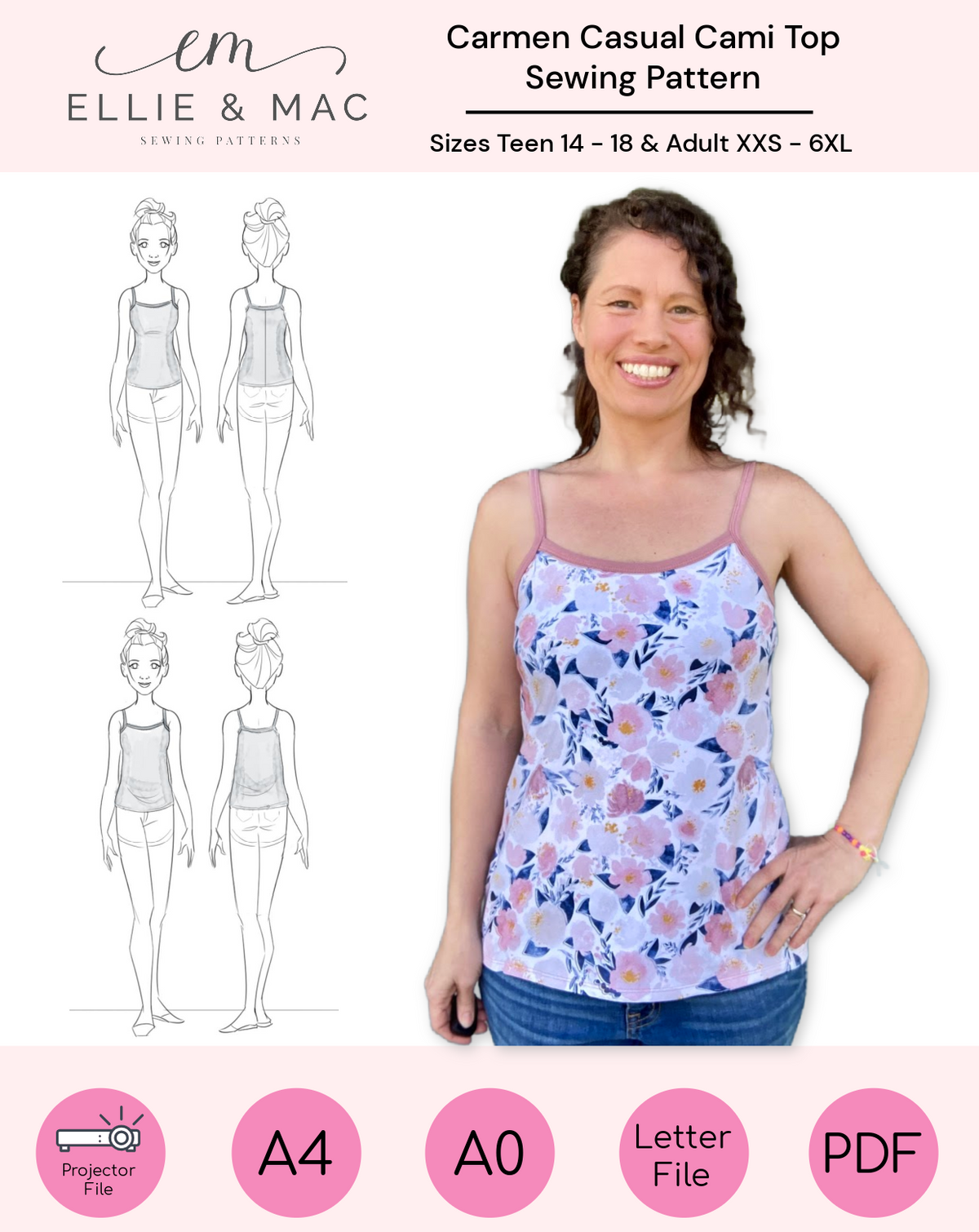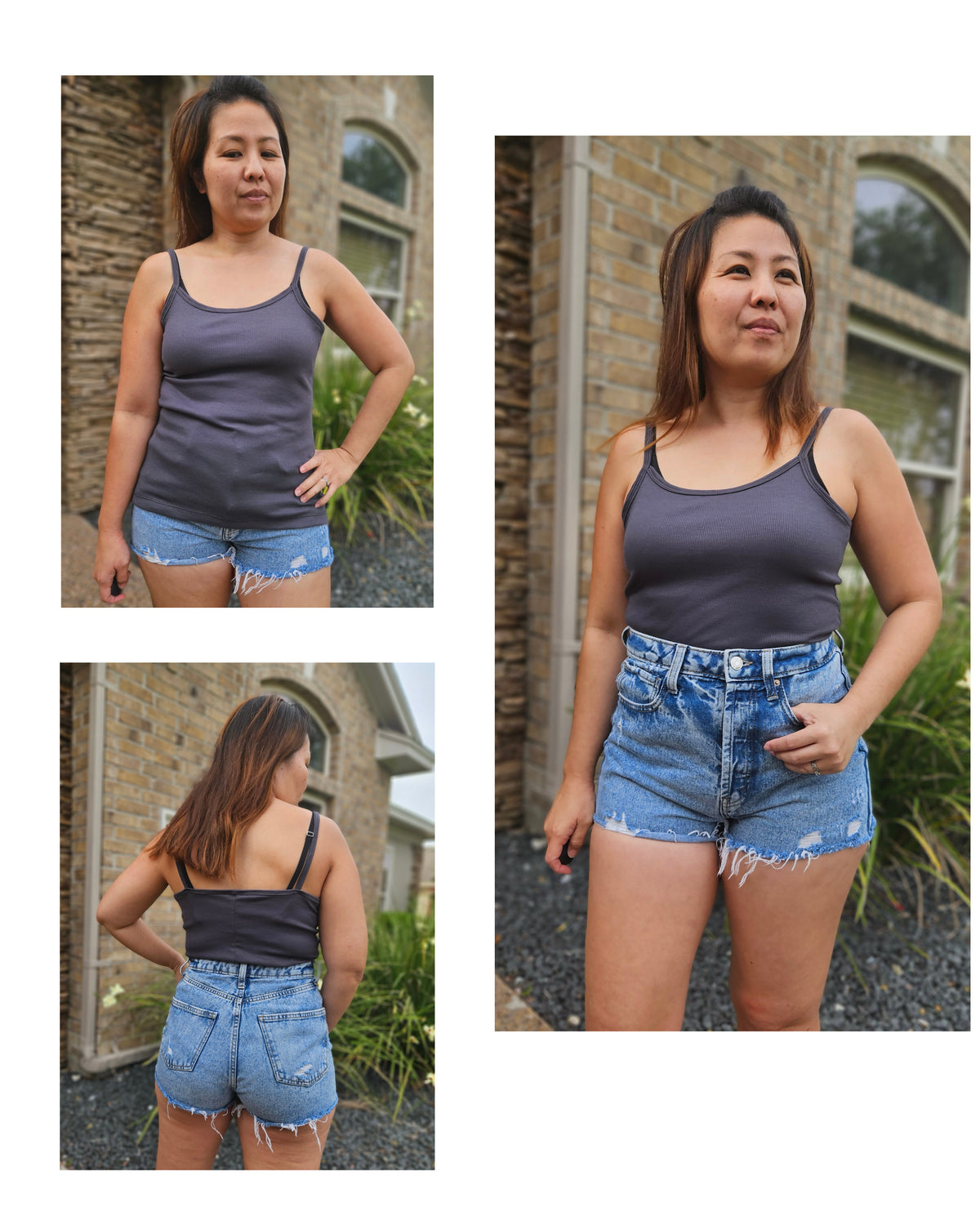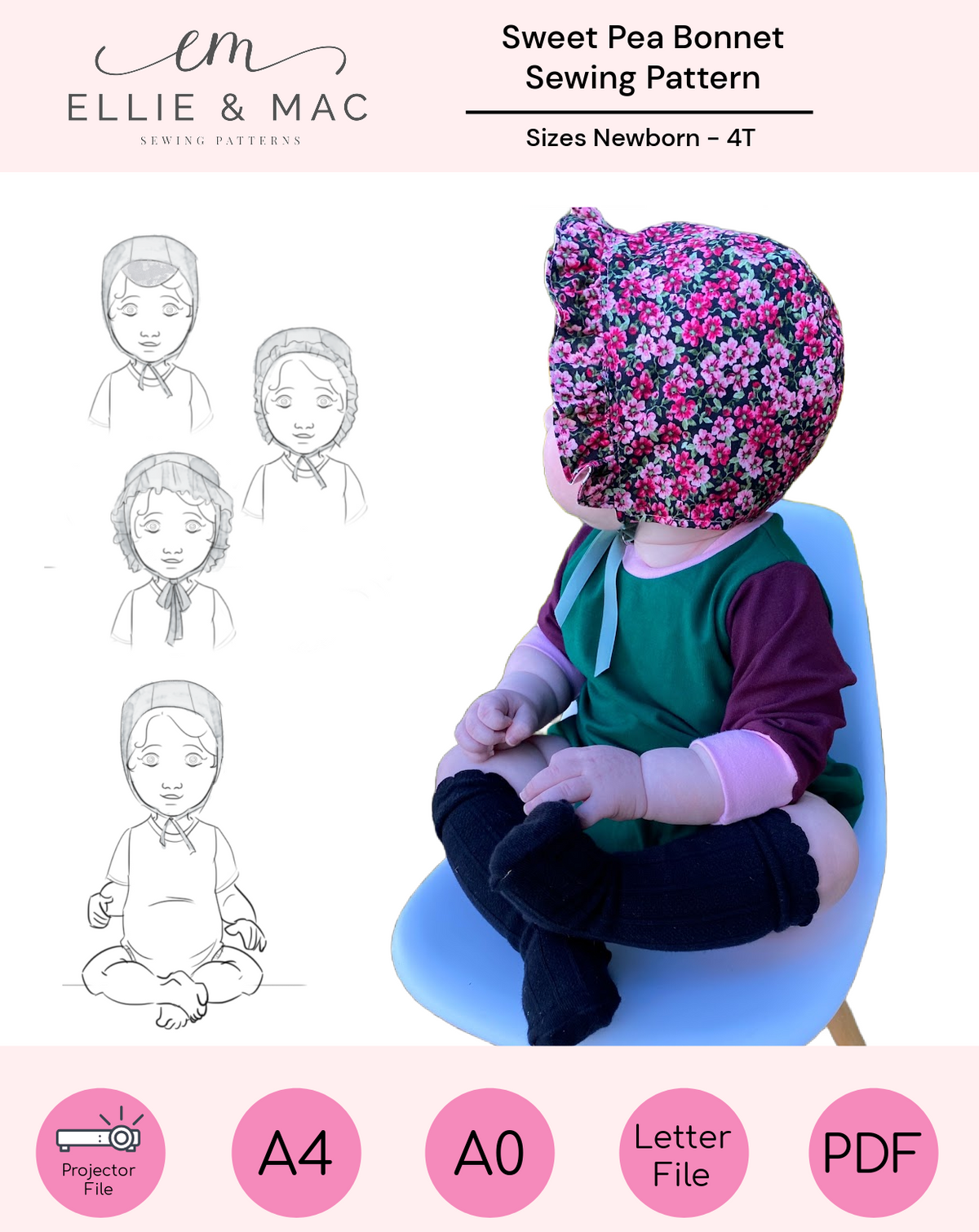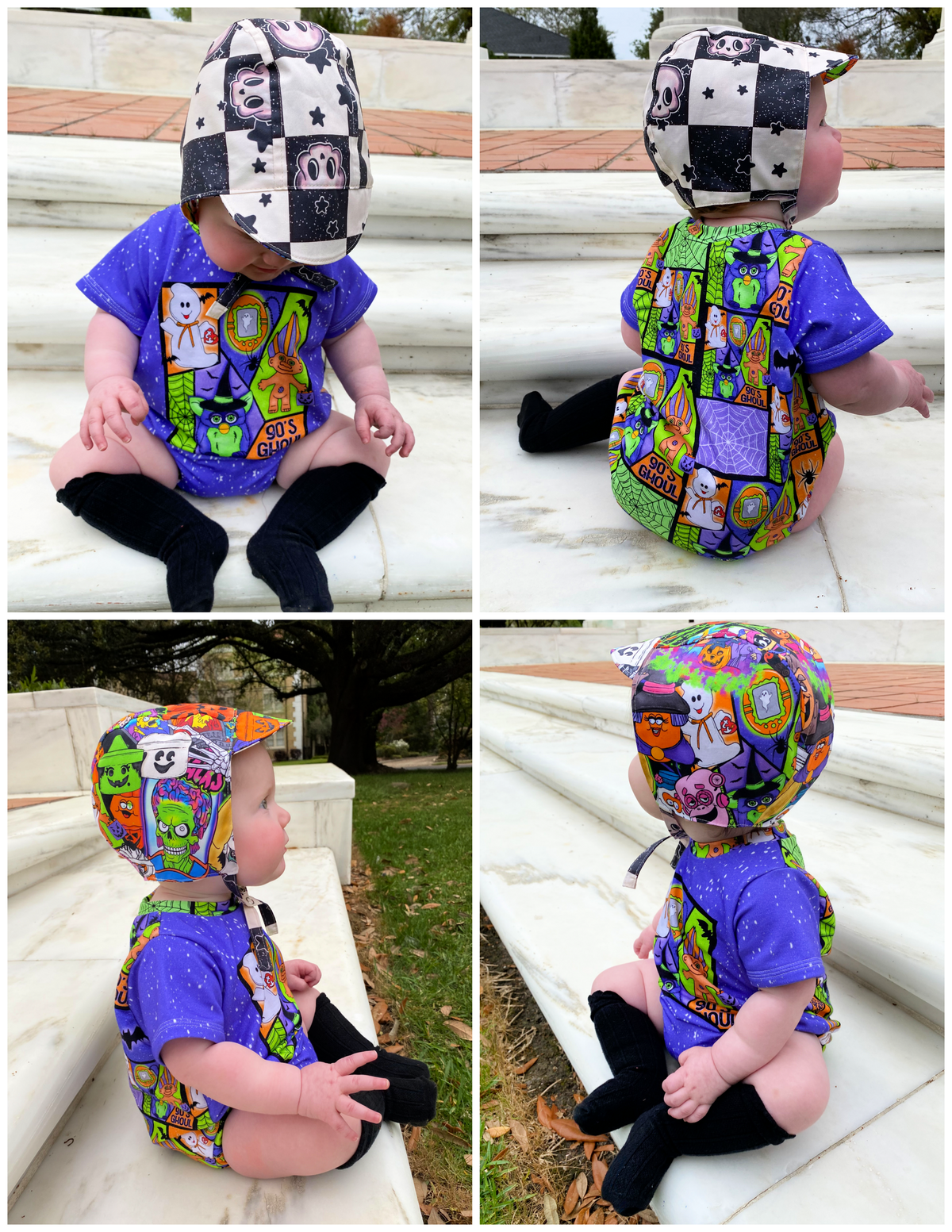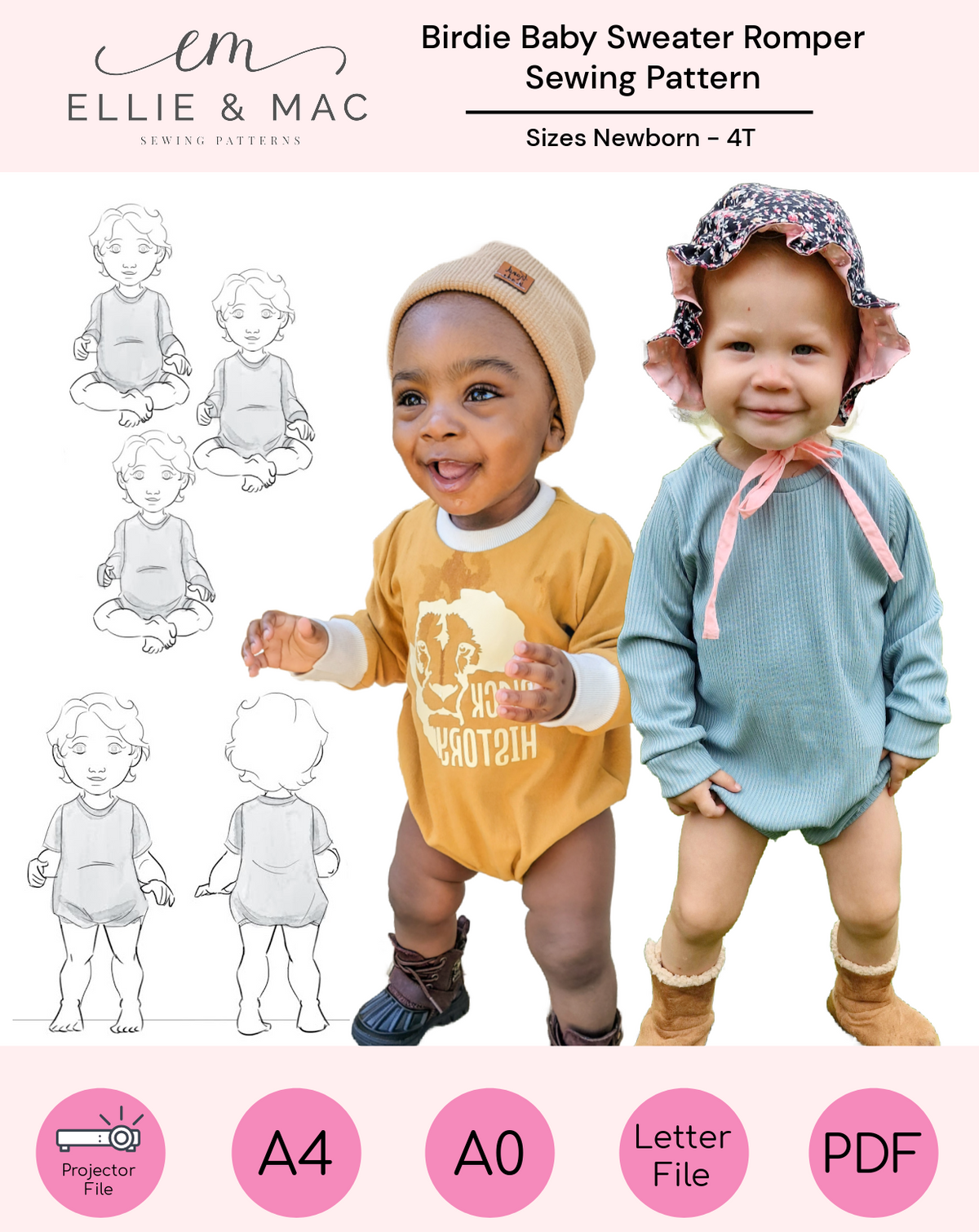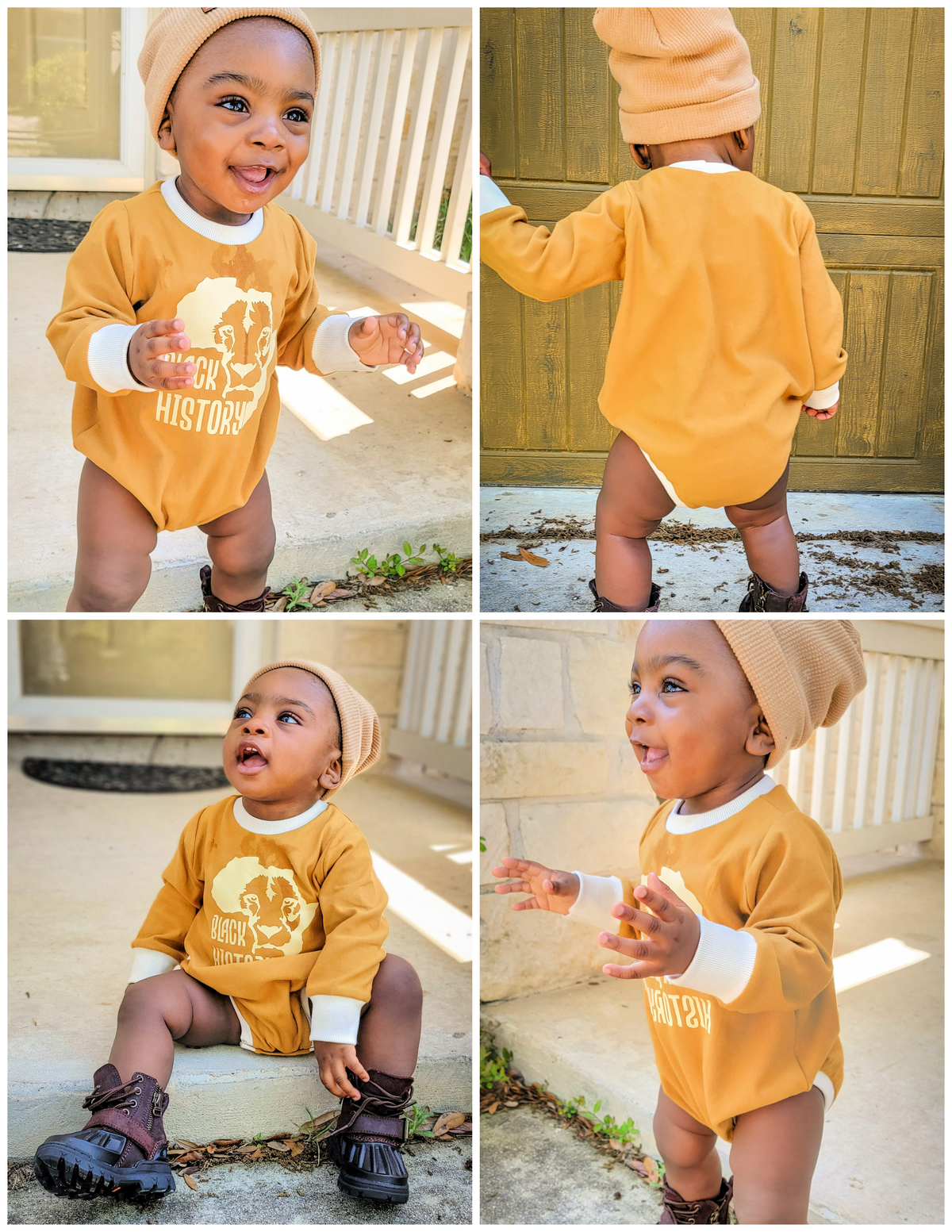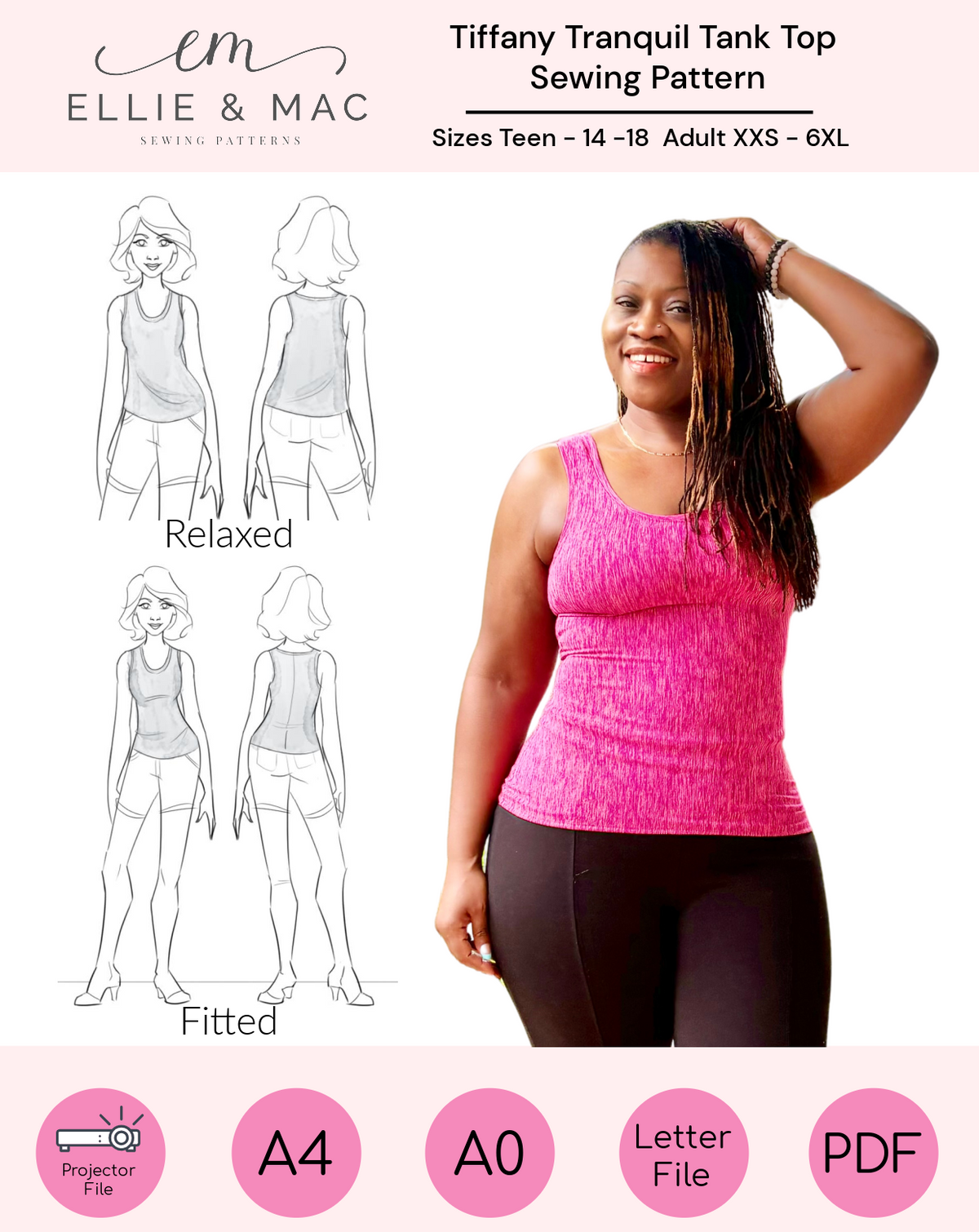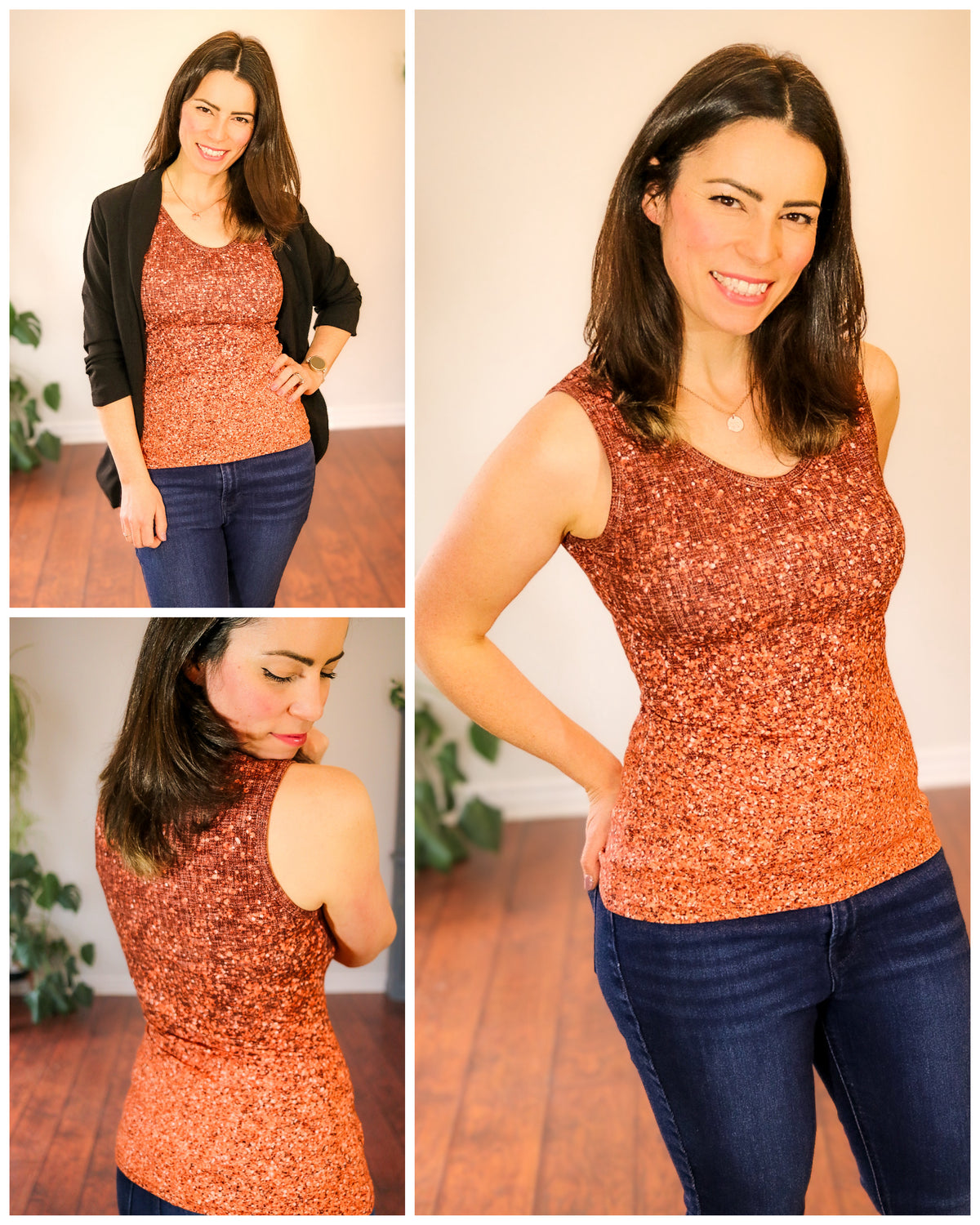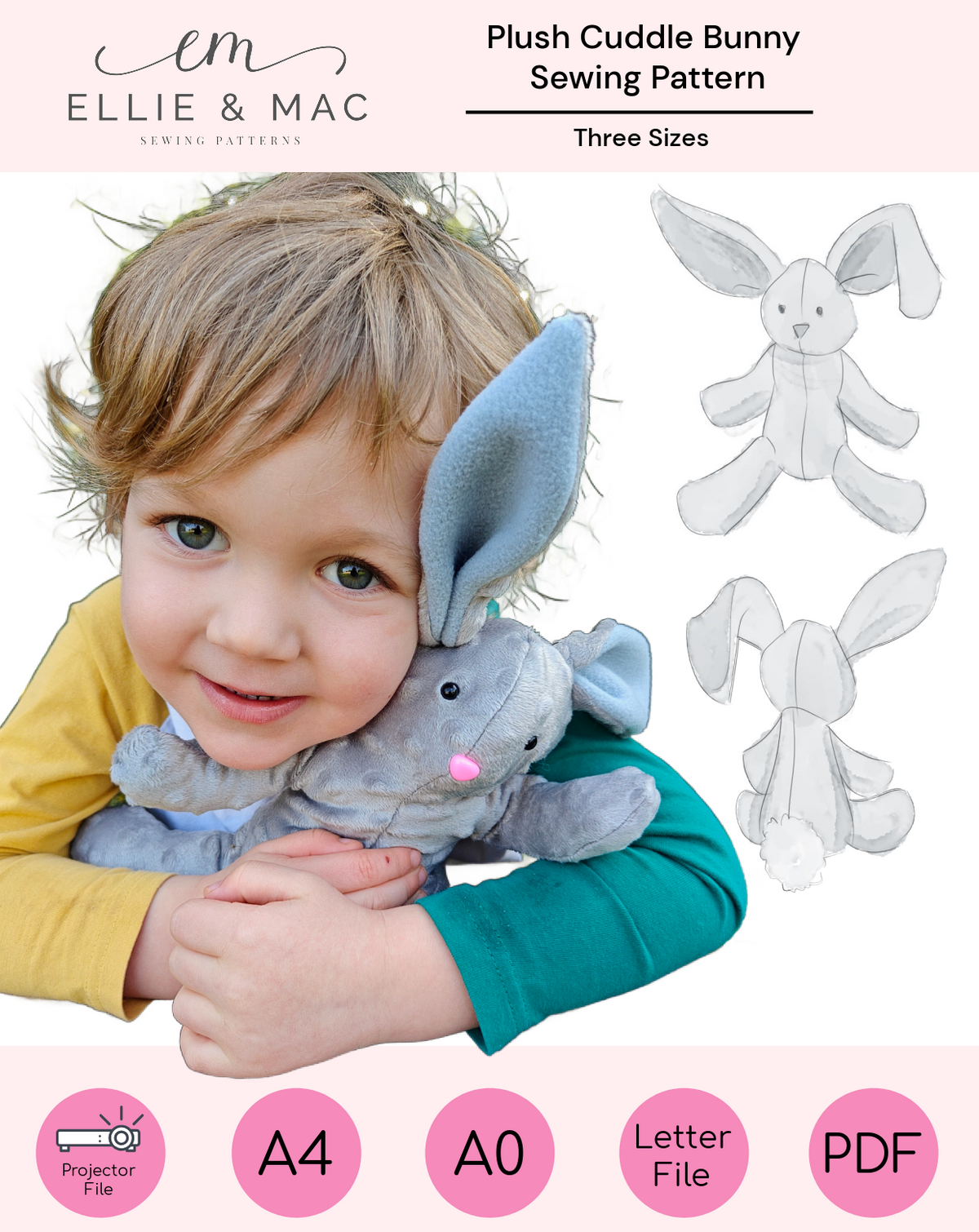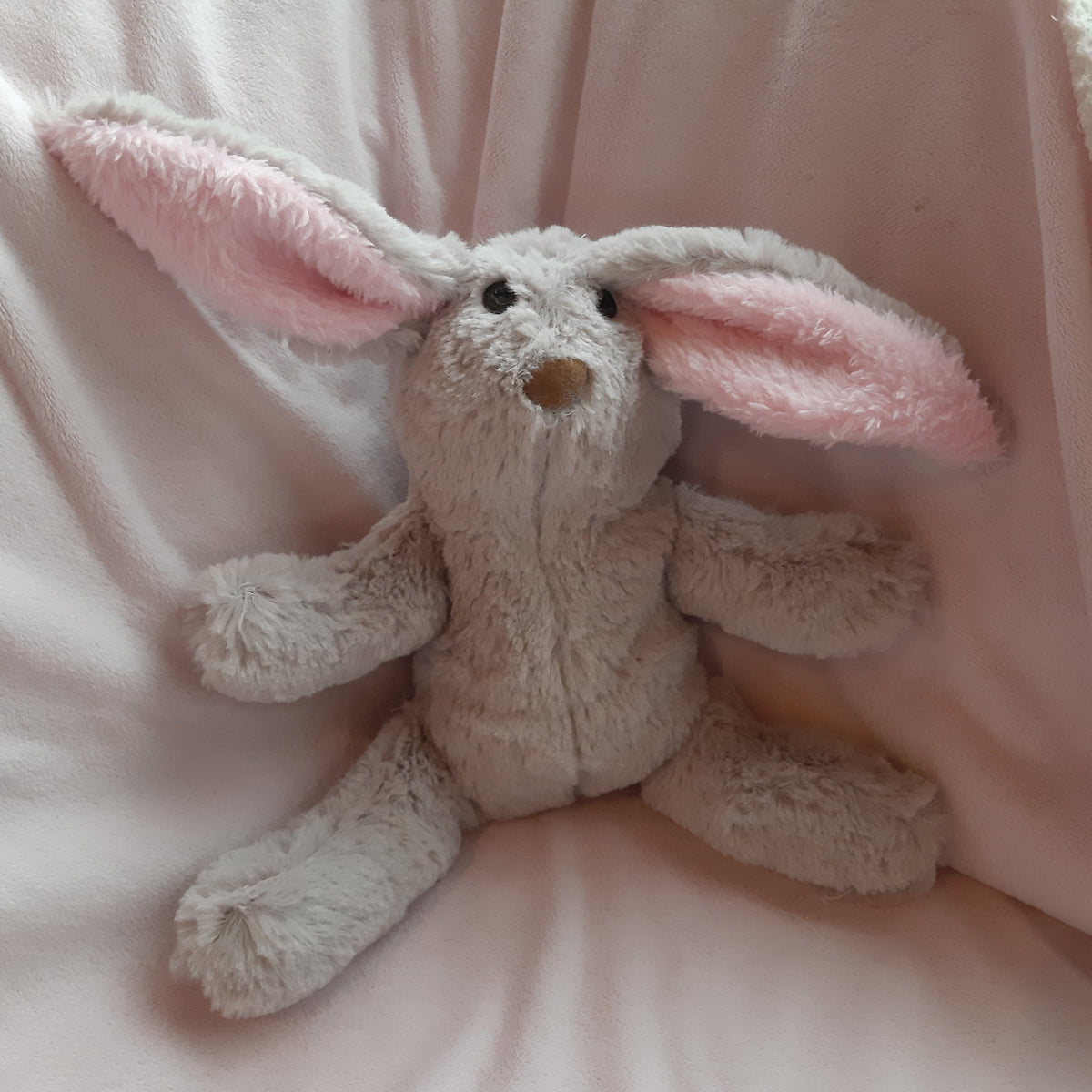Hello everyone! I’m Sarah, and this is my first blog post for Ellie and Mac. I live in New Zealand, and am quite new to sewing. I’ve noticed there are a lot of barriers to getting started with sewing, so I thought I would write a bit about my journey so far.
The first challenge I came to when beginning sewing was trying to decide what I actually wanted to sew. I didn’t really know much about different types of fabrics or what choices suited what patterns. I started crafting with knitting and crochet, and have since picked up spinning and weaving, while also dabbling in a bit of cross stitch as well. But sewing is a whole other ballgame, and when I began researching I figured out that there are some big decisions to make before beginning a project. I decided to try a few things out - homewares, patchwork quilting, clothing, and so on.
Firstly, I needed to decide whether I was picking a project to suit some fabric I already had, or whether I was buying the fabric to match the project I wanted to make. Many of us will have been given fabric by friends or family, picked some up cheaply online, at thrift stores or sales, or have some old clothes or manchester that we want to repurpose. Not all fabric is ideal for every purpose, so deciding whether you are starting with the fabric or the pattern is very important.
For example, here are three woven fabrics that I have been given. All three are different weights, different percentages of cotton, and have a different finish. In the photo, it is very difficult to see what each fabric is. The top one is light, mostly synthetic, and is almost shiny and slippery. The middle one is a woven cotton that has been attached to a stretch fabric - it has no stretch but is thicker and would suit a more structured project. The bottom one is light but opaque, and is mostly cotton.
If I were buying these fabrics online I wouldn’t know what to expect, and some of the wording used to describe them would not make sense to me until I was holding them. Deciding whether to start with the fabric or the pattern is a tricky question until you understand a bit about the characteristics of different fabrics. Why couldn’t I make a dress out of upholstery fabric? Why couldn’t I make a cushion cover out of stretch knit?
The answers to these questions will seem very obvious to those who have sewn for a while! And of course the answer isn’t that you can’t do those things, but that you probably shouldn’t. A dress made out of upholstery fabric might be heavy, drape poorly or be scratchy. If it has thin straps, this might not be able to support the weight of a full skirt made from a heavy fabric. A cushion cover made out of stretch could be fine, but may not hold its shape very well as it is used. Many patterns will tell you what kind of fabric will be useful, but they will often not be detailed enough for a beginner. They use words like ‘stretch’ and ‘medium weight’ and names of fabric like ‘french terry’ and ‘cotton lawn’. Here is an excerpt from the pattern page for the Diana Tiered Top and Dress from Ellie and Mac.

Thankfully, this description is very detailed. Not all patterns tell you about the recovery or drape of a fabric, so this is really excellent guidance for making a successful project. However, these words really mean very little to a beginner! The internet is also not the most effective way to figure this out - sometimes you need to see and feel the drape and stretch of a fabric. My next move was to recruit an expert.
I know a lot of people don’t have anybody in their life that is a sewist, or you might be like me and have sewists in your life but are just busy. I didn’t like picking the brains of family and friends because I knew they were busy too, and it felt a bit rubbish to be asking for free advice rather than taking a class. Taking a class would be lovely, but there really wasn’t anything available in my area. The next best option was to go to a fabric store. Not a big-box craft store, but a proper fabric store with experienced crafters working there. Not everyone at a brick-and-mortar is an expert in your craft, but your possible hit rate is a LOT higher.
I found going to a fabric store with a couple of patterns, or even picking some up off the shelf there and then asking one of the staff to talk me through what some of the words mean while feeling the fabric was enormously helpful. WIll you like the feel of it on your skin? Is it clingy or drapey? Is it prone to static (very awkward for dresses for me, as I’m a high school teacher). And before you think I should have bought something if I was going to ask for their help, don’t worry, I don’t think I’ve ever walked out of a craft store without a decent purchase! One positive about patterns from Ellie and Mac is that you can see all the information about fabric type without having to buy the pattern. So going into the fabric store with your phone can help you to figure out what you want without spending a lot of money. This means you can spend a bit more on the fabrics and patterns you decide you absolutely love! I have made the mistake of buying patterns only to find that I probably won’t make them, because they are best made in fabric I don’t like the feel of. Maybe I’ll get confident enough to hack them one day, but for now I need some easy wins!
Once I knew what kind of fabric I wanted to use, I could assess whether I had it in my stash or whether I wanted to buy it new for the pattern I wanted. But pattern picking is another challenge, for another blog post.
Join me next time for the next phase of my sewing journey!
(Written by: Sarah Chirnside)
